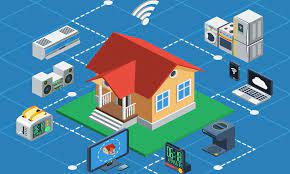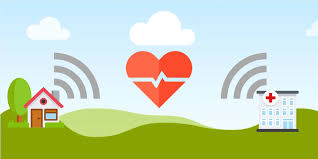Nuance Audio is a new option for people who resist traditional aids, from the company that makes Ray-Bans and operates LensCrafters.
Seekers of Meaning Podcast Posted Online March 7, 2025
What's Next Longevity Deal Talk Episode 32, January, 2025
Presentation: What's Next Longevity Venture Summit, June, 2025

 What changes in care technology will be different later in this decade? Consider the implications of adoption of sensors to deliver and improve the care of older adults -- then look forward five years. What will be different in this second technology wave, both from today and from the market a decade ago? Is this optimism justified? Does the shortage of labor to serve the aging population make sensor technology essential in delivering care? Many of the interviewees for this new report, due out in November, 2022, think that innovation in offerings, caregiving labor shortages, and a swelling demographic aged 80+ all combine to boost both utility and adoption across all care sectors. What specifically might be different?
What changes in care technology will be different later in this decade? Consider the implications of adoption of sensors to deliver and improve the care of older adults -- then look forward five years. What will be different in this second technology wave, both from today and from the market a decade ago? Is this optimism justified? Does the shortage of labor to serve the aging population make sensor technology essential in delivering care? Many of the interviewees for this new report, due out in November, 2022, think that innovation in offerings, caregiving labor shortages, and a swelling demographic aged 80+ all combine to boost both utility and adoption across all care sectors. What specifically might be different?
 Sensor technology is increasingly useful in the care of older adults. As part of the research into the
Sensor technology is increasingly useful in the care of older adults. As part of the research into the